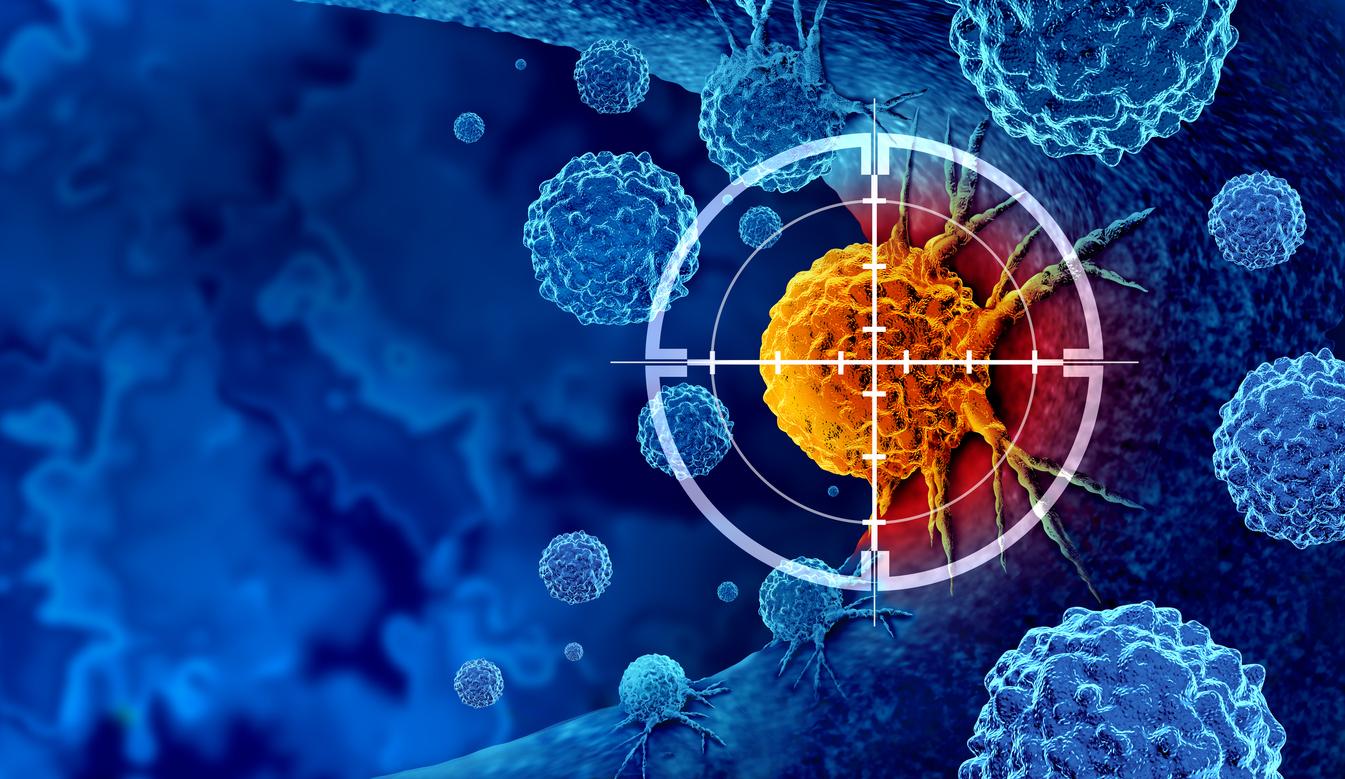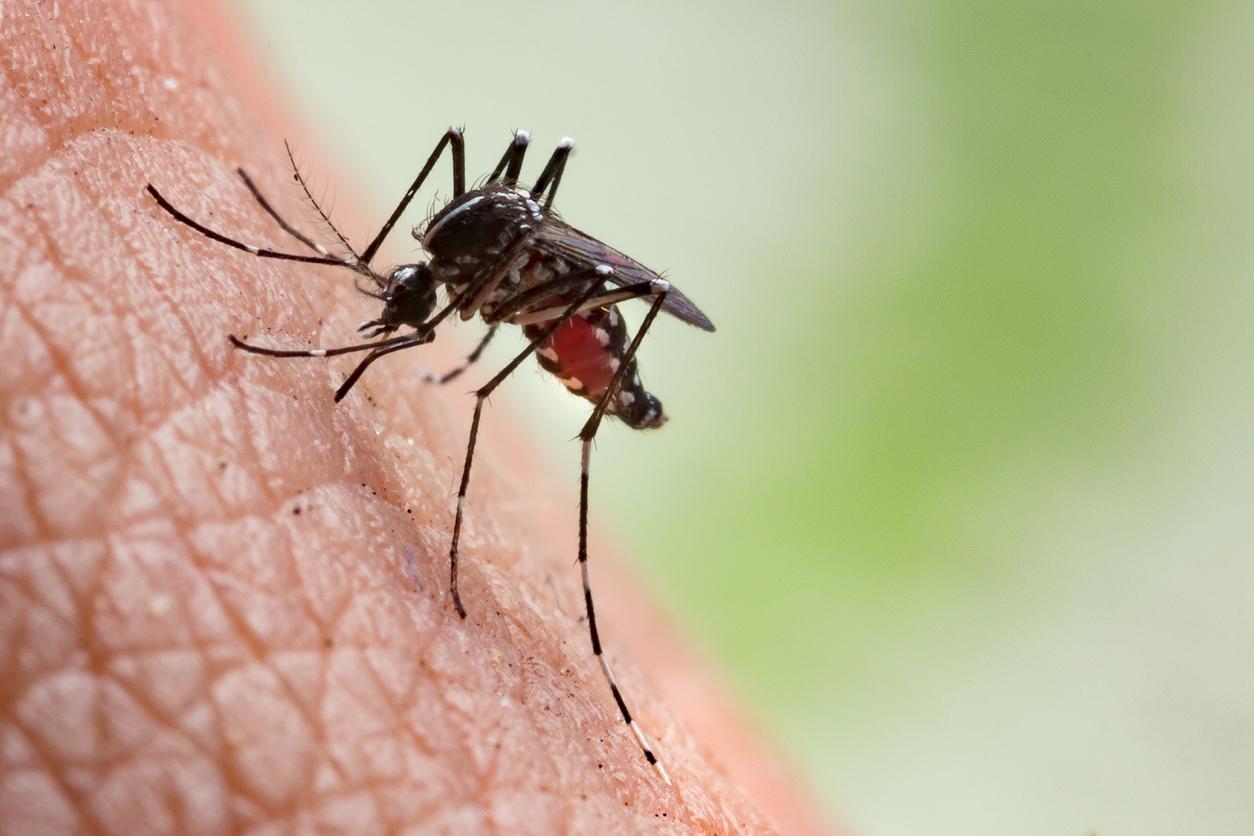5% is the survival rate for all patients with a pancreatic cancer 5 years after the diagnosis, according to data communicated by Inserm.
Because of its location deep in the body, the pancreas is hardly visible by imaging systems. In addition, the absence of symptoms at the onset of the disease often does not reveal the cancer until it has reached peripheral organs.
Thus, in order to improve the diagnosis and therefore the chances of survival, a team of American researchers looked at the blood content of affected patients, and demonstrated higher levels of certain amino acids.
The study involved blood samples from 1,500 people taking part in a large health fundraiser. Following extensive analysis, scientists found that participants who subsequently developed cancer of the pancreas had a higher rate ofamino acids branched chain (called BCAAs) in the blood than participants who did not contract this cancer. Amino acids are essential nutrients that the body extracts from the proteins provided by our food.
These high levels of BCAAs were found in the blood of patients 2 to 25 years before they were diagnosed with pancreatic cancer. While it is not proven that these high levels necessarily induce this cancer, they appear to be associated with a higher risk.
Similar results had already been observed in mice, whose presence of pancreatic tumors was associated with high levels of BCAAs in the blood.
These results give hope for an early detection test for the disease, making it possible to increase the chances of survival, which are currently low.
“This work encourages progress in the early detection of pancreatic tumors, and will potentially allow the identification of new therapeutic strategies for patients with this disease” enthuses Dr. Matthew Vander Heiden of the Massachusetts Institute of Technology. , co-author of the study, published in the scientific journal Nature Medicine.


















